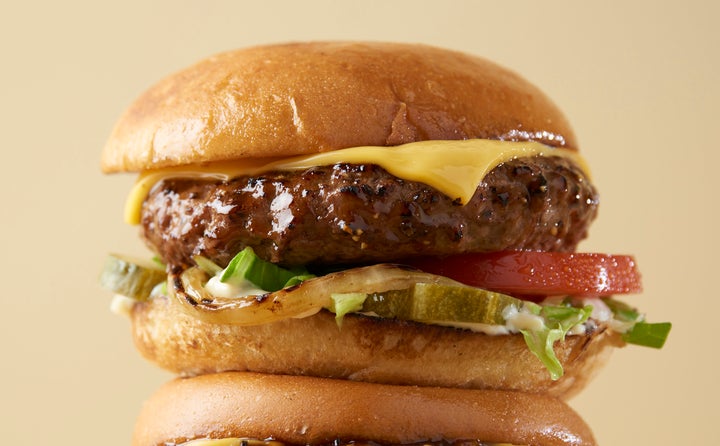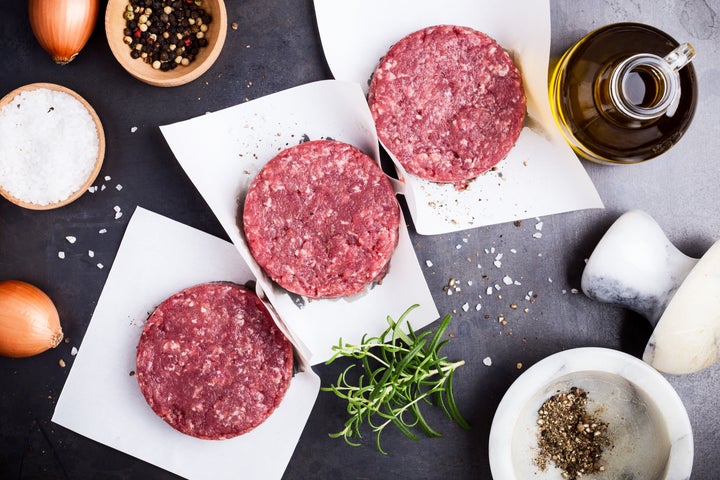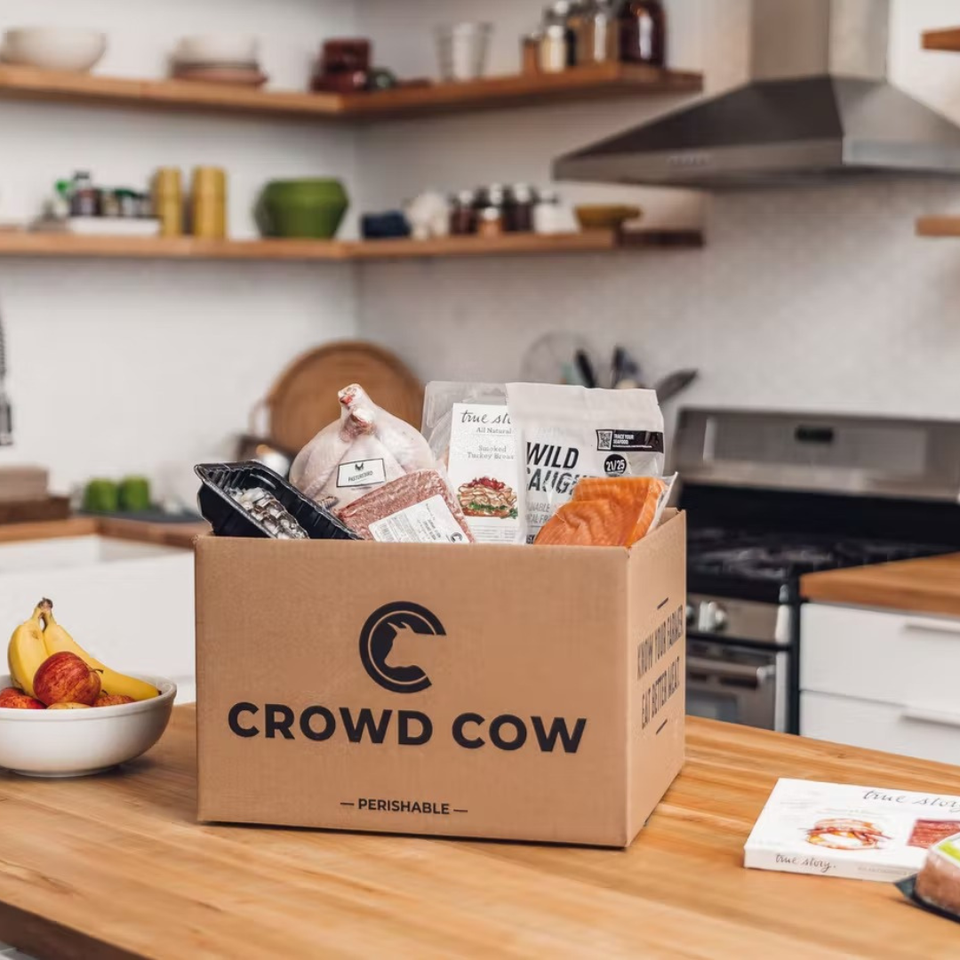
When it comes to perfecting the grilled burger, pit master Pat Martin keeps one word in mind: intentionality.
The Nashville-based owner of Martin’s Bar-B-Que Joint would never haphazardly add seasoning to his ground beef or throw on burger accouterments slapdash — and neither should you.
Though a simple sandwich in form, burgers actually require a bit of skill and art (no one wants to eat an overcooked burger patty that doesn’t even fit on its bun). If you’re getting ready to crank up the grill for cookouts, parties and tailgates, here’s how to perfectly grill a burger (on a gas grill), according to the experts.
Choose your ground beef
When grilling a burger, Martin suggests avoiding beef that is too fatty. Ground chuck that’s 80/20 or 85/15 is great and is less likely to cause flare-ups on the grill.
If you plan to cook your burgers on a cast iron skillet on your grill (this allows you to smash them flat, but also gives you a uniform cooking surface), Billy Kramer, the owner of NFA Burger in Dunwoody, Georgia, suggests buying a 75/25 blend of beef, because you’ll lose a lot of those juices and a smashed burger can dry out quickly.
Shape your patties
Once you have your ground beef, it’s time to shape the patties. “I want to try to guard the urge to make burgers too large,” Martin said. “You’re going to lose control as the burger swells up, but also it’s just not as enjoyable. Half-pound burgers just aren’t fun.”
If you have a kitchen scale, measure your patties to about six ounces. You’re aiming for about the size of a baseball (you’ll flatten it later).
Kramer is not opposed to using burger patty rings to help keep their shape and ensure uniform sizing.

Whatever you do, don’t over-season your patties. By that we mean no seasoning except salt should touch your raw meat.
“It really impacts the texture and the cooking of the product. And it can make it tougher,” Kramer said. If you want to add a seasoning blend, you can do so when the burgers are on the grill (before and after flipping).
Press your thumb in the center of each patty to form an indentation (this will help prevent your patties from swelling up when you grill them) and then salt the patties before placing in the fridge to keep them cool until grilling time.
If you’re cooking directly on grill grates:
First, turn your gas grill up to high heat. Wipe a neutral oil (like grapeseed) on the grates. Let your patties come to room temperature about 30 minutes prior to grilling and dab them dry after the salt draws moisture from them.
Then, Martin said, it’s “very important” to coat the perimeter of the burger with a little bit of that same neutral oil (using your fingers is fine). “We don’t want too much because you can have flare-ups. It’s not about really burning the burger,” Martin said.
Salt your patties again and place them on the grill, dimple side down. “Once it goes down, leave it alone. You’ll rip it if you try to flip it too soon,” Martin said. He likes to use a fish spatula, which he said gives a better sense of whether the burger is ready to flip. After four or five minutes on the grill, the patties should have a crust from the Maillard reaction, making it easy to flip them.
Then, Martin said, flip the patties, move them over to the side of the grill without the flame (or the side where your grill is set to low heat) and close the lid. Cook for about 90 seconds, then move the burger toward the side of the grill with the heat. This is the time to add cheese so it can melt. Close the lid again and cook for another minute or so, then take the burgers off the grill and rest before assembling. You can cook your burger a little less time if you want it rare, which is 125 F.
If you’re cooking on cast iron:
If you plan on cooking your burger on a cast iron skillet, Kramer suggests turning the grill up to about 450 F.
Place the patty on the skillet and cook it for four to five minutes.
“If it’s not releasing, it’s not ready to flip yet,” Kramer said, so don’t force it with your spatula. Flip the burger when it’s ready, and if you want cheese, throw a piece on and put a lid on the skillet or close the grill to dome the patty.
While some might feel comfortable guessing their burger doneness, Kramer likes to know for sure. “There’s no reason to guess what temperature your meat is, use a meat thermometer,” he said. A medium-rare burger is about 130 F.
Pull the burger and rest before assembling.
Assemble the burger
How you assemble your burger is very personal to your tastes, but here are some things to keep in mind. Kramer likes to use a bun that fits the patty. Patties shrink about half an inch while cooking, so your preformed patty should be a little bit bigger than the bun.
“Find a bun that has a texture that you like. I like a squishier bun like a potato roll, personally. But whatever you do, you want it to support the kind of burger you’re making,” Kramer said.
Ingredients like tomato and lettuce shouldn’t be stacked together, Martin said, “because it’s like slippery mud, and I use my condiments as glues.”
So, put lettuce on the bottom bun, and put the burger on top of the lettuce. Assuming there’s cheese on the burger, use that as glue for the red onion slice, followed by a tomato slice. On the top bun, paint on some sauce (ketchup, comeback sauce, etc.) and arrange three pickle slices.
“They cannot overlap, because I want you to have the same bite every time,” Martin said.
